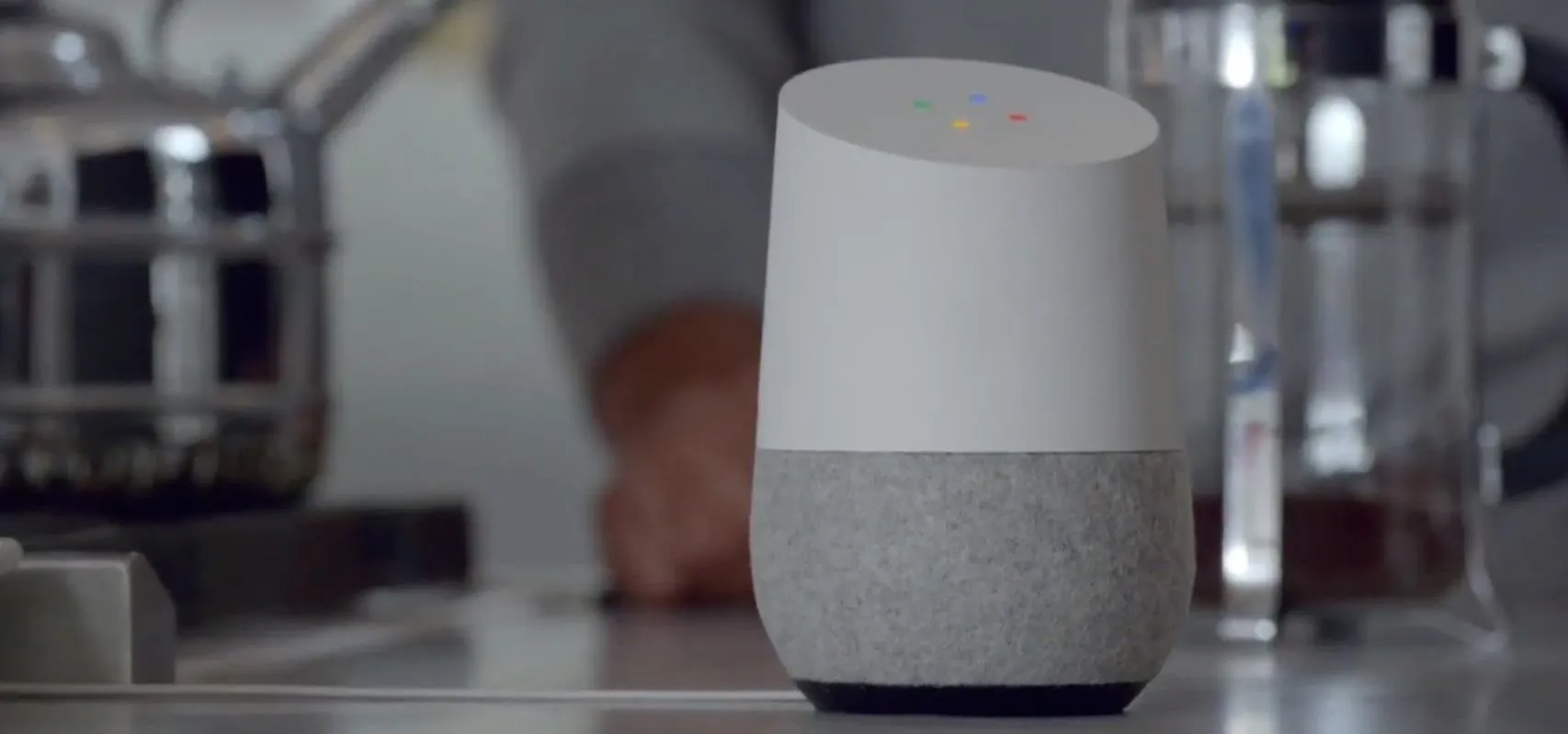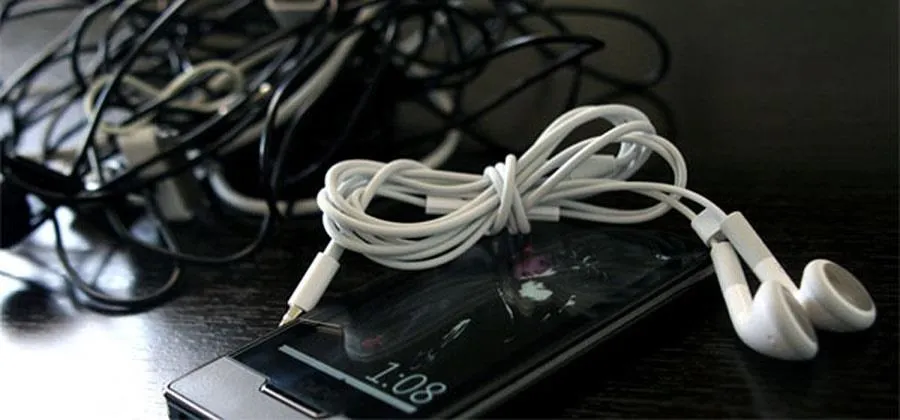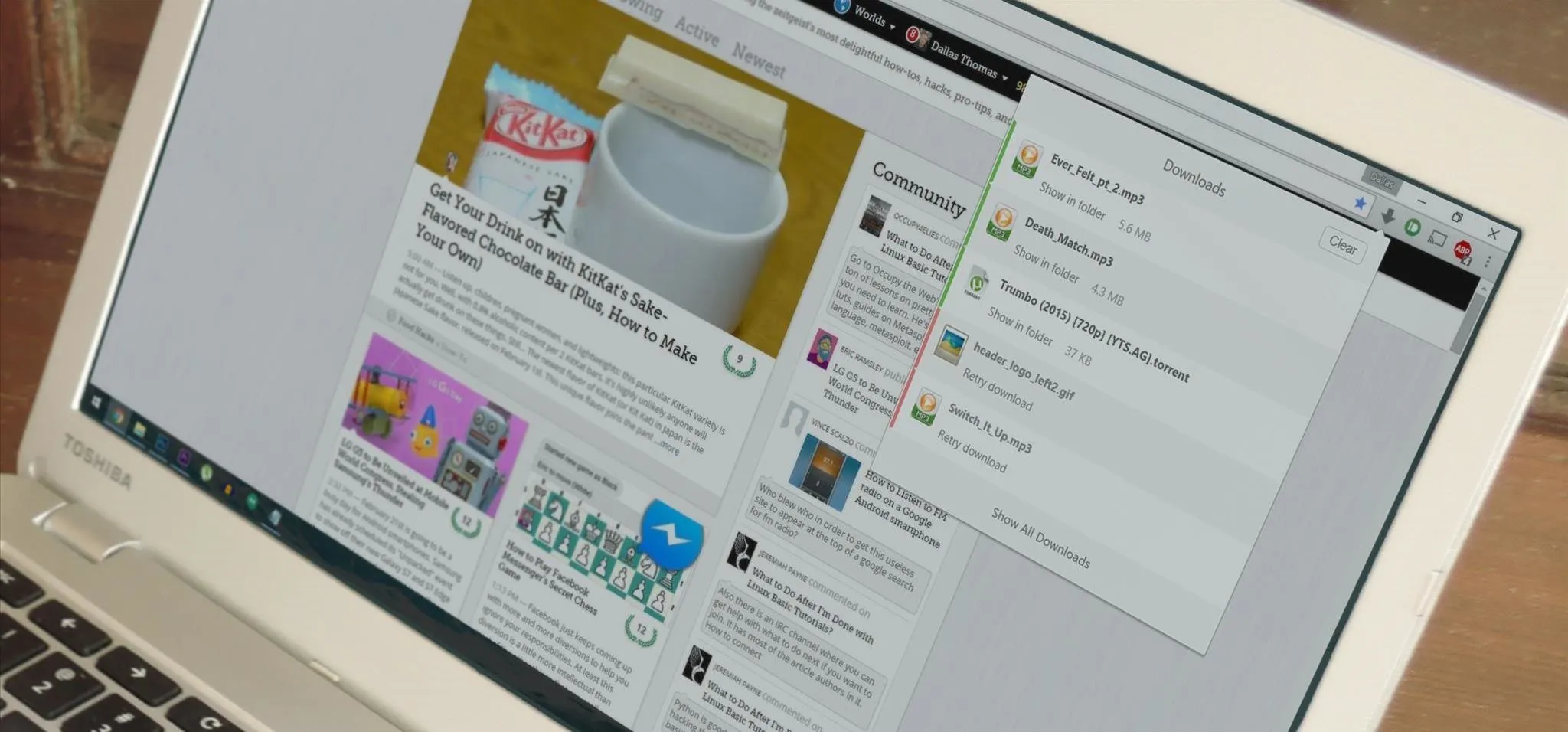Want the convenience of a throwaway email address without all the hassle? How about anonymous text messaging so you can get to know someone before giving them your real information? Gliph has you covered.
Gliph is a service that lets you create an identity around a set of three to five symbols called "artifacts" instead of your name, phone number, or email address. You choose how much information you reveal, and anytime you communicate with someone else who has Gliph, the data is protected using AES-256 encryption.
Last week we covered an app called Burner which lets you create throwaway alias phone numbers, but Gliph goes a step further. When you send an email through Gliph, your email address is cloaked so that when you give it out, emails are routed through the cloaked address to your real one, keeping it secure. This means that you're protected if a website you use ever has a data breach or sells your email address to a third-party.
You can get rid of a cloak anytime you want, and Gliph offers permanent deletion. The best part is that it's completely free to use. You get one cloak when you sign up and additional ones for inviting your friends. This sounds like a pain, but when you think about it, it makes sense because the more people you know who use it, the more protected you are.
Gliph is available in both the iTunes and Android app stores, but they haven't added the email cloaking service to the Android app yet. You can still get the full functionality by logging in on a mobile browser. Check out the video below to see how to claim your Gliph:
And this one to see how cloaked emailing works:
Also check out the company's blog for more on their privacy policy and features.
How to Detect Fake Email Addresses
Think someone's sending you emails from a forged account? For cloaked emails using Gliph, it's as easy as spotting the "@cloak.gli.ph" address. For other emails, it's not as simple.
You can find out a lot about the sender just by looking at the email's header. You can check this page to see how to do this in various email clients. Once you've opened the header, there are a few fields that can tell you a lot of information.

Image by The University of Iowa
Misspellings
The first and most obvious tip-off is misspellings. In the header above, the name of the company is spelled incorrectly, and the likelihood that a big corporation would misspell its own name is pretty slim.
IP Address
Another quick trick is to look up the IP address the message came from. If it's in a different country than the company, it's probably fake.
Received From
The "Received" line tells you where the email originated from. If the email is actually from who it says it's from, it would probably come from the company's website. In the email above, the website the email came from has nothing to do with the company it says it's from.
Reply To
Same goes for the "Reply To" field. You can tell the email address in the image above has been spoofed because the "Reply To" address doesn't match the "From" address.
That said, if you aren't doing it for evil purposes, you can have a lot of fun spoofing your email address or phone number. Have you ever forged your email or phone, or been a victim? Tell us about your experience in the comments.
Cover Image by ITP.net





























Comments
Be the first, drop a comment!